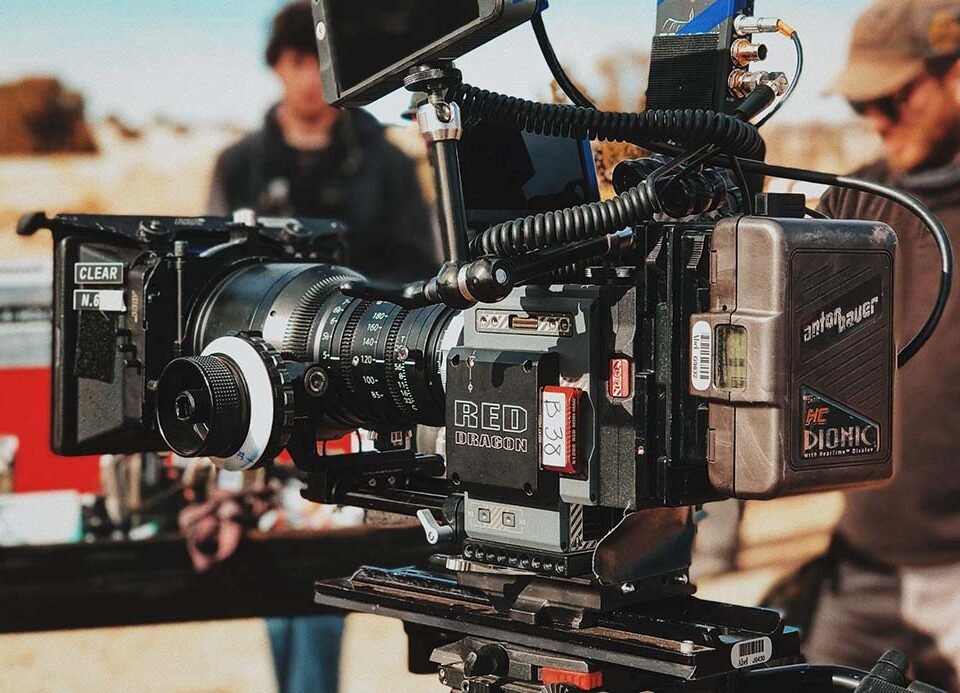The film industry has always been a realm of imagination and wonder, with visual effects (VFX) playing a pivotal role in bringing fantastical worlds and breathtaking spectacles to life on the big screen. As technology continues to advance at an unprecedented pace, the future of visual effects holds exciting possibilities that are set to revolutionize the cinematic experience. In this article, we delve into the evolving landscape of VFX in the film industry and how institutions like VanArts are shaping the next generation of VFX artists through their Visual Effects for Film & TV program.
Table of Contents
From Practical Effects to Digital Marvels
The history of visual effects dates back to the early days of cinema when practical effects, miniatures, and matte paintings were used to create mesmerizing illusions. However, the digital era has ushered in a new era of possibilities. With the advent of CGI (Computer-Generated Imagery), films now transport audiences to realms previously limited only by the boundaries of imagination. From the astonishing realism of creatures and landscapes to mind-bending time-bending sequences, VFX has become an indispensable tool for filmmakers to enhance their storytelling.
Elevating Storytelling through Visual Effects
As we look ahead, the future of VFX promises to deepen the integration between storytelling and visual spectacle. Films are no longer mere displays of technical prowess; they are immersive experiences that engage the senses and emotions of the audience. VFX artists are now co-authors of narratives, working hand in hand with directors to realize their creative visions. The ability to seamlessly blend reality and fantasy, and to create scenes that were once considered impossible, empowers filmmakers to tell stories on a grand scale.
Advancements in Technology: Unleashing Creativity
Emerging technologies are set to redefine the VFX landscape, and augmented reality (AR), virtual reality (VR), and real-time rendering are leading the charge. AR and VR have the potential to transform the way audiences engage with narratives, allowing them to step into the story world and interact with it on a personal level. Real-time rendering, on the other hand, provides VFX artists with instant feedback, accelerating the creative process and enabling on-the-fly adjustments to achieve the desired visual impact.
Artificial Intelligence (AI) is another technology that is rapidly reshaping the VFX industry, ushering in a new era of innovation and efficiency. From automating labor-intensive tasks like rotoscoping and tracking to enhancing the realism of digital characters and environments, AI algorithms are becoming indispensable tools for VFX artists. Machine learning algorithms can analyze vast datasets to predict and generate realistic effects, such as natural simulations of fire, water, and cloth. AI-powered tools streamline workflows, enabling artists to focus more on creative aspects and pushing the boundaries of visual storytelling. As AI continues to evolve, it’s clear that it’s not only changing how VFX is created but also paving the way for even more breathtaking and immersive cinematic experiences.
Education: The Catalyst for Innovation
As the demand for cutting-edge VFX talent continues to grow, educational institutions play a crucial role in shaping the industry’s future. One institution that stands at the forefront of this transformation is the Vancouver Institute of Media Arts (VanArts). Through its comprehensive Visual Effects for Film & TV program, VanArts is equipping aspiring VFX artists with the skills, knowledge, and industry insights needed to excel in this competitive field.
VanArts’ Visual Effects for Film & TV Program: Shaping VFX Visionaries
The Visual Effects for Film & TV program at VanArts provides a holistic education that covers everything from the fundamentals of visual effects to advanced techniques and industry best practices. Through a curriculum carefully curated to mirror real-world workflows, students gain hands-on experience with industry-standard software and tools. Backed by experienced professionals, they explore compositing, 3D modeling, animation, and more, all while learning how to bring their creative visions to life.
Pioneering Innovation: Embracing Change
In the ever-evolving landscape of VFX, adaptability and innovation are paramount. VFX artists must be adept at embracing new tools and techniques to stay ahead of the curve. This is where institutions like VanArts shine. By fostering an environment of creativity and collaboration, they empower students to become pioneers of innovation, unafraid to push the boundaries of what is possible in visual storytelling.
Conclusion: Crafting the Spectacles of Tomorrow
As we venture into the future, the role of visual effects in the film industry will continue to evolve and captivate audiences in ways we can’t yet imagine. From creating awe-inspiring worlds to breathing life into characters and scenes, VFX is the cornerstone of cinematic magic. With institutions like VanArts leading the way, aspiring VFX artists are poised to shape the visual narratives of tomorrow, enriching the cinematic experience and leaving an indelible mark on the art of storytelling.
To learn more about VanArts’ Visual Effects for Film & TV program, visit https://www.vanarts.com/programs/visual-effects-for-film-television.










